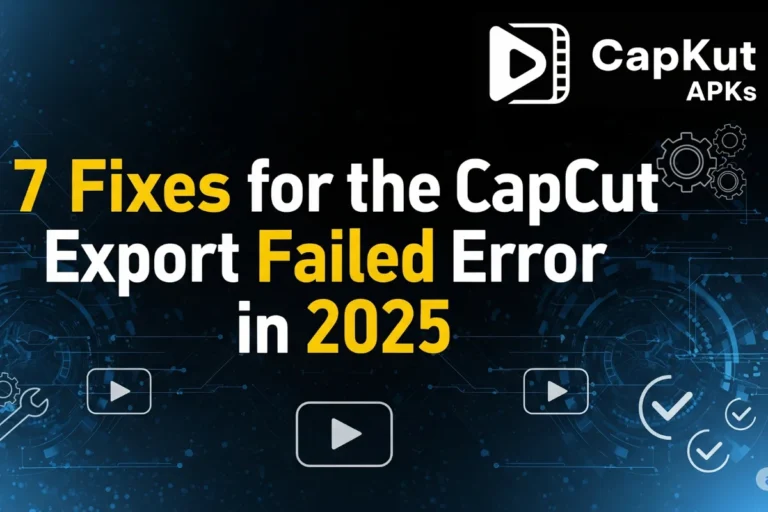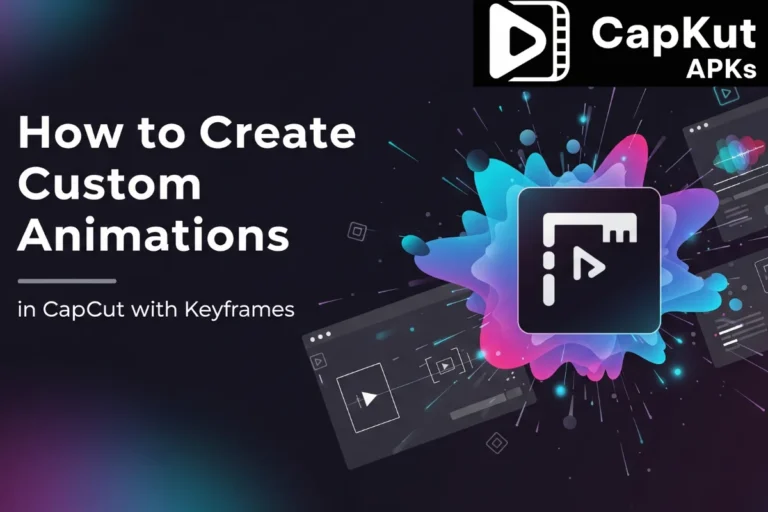
Unlock Pro Workflows with CapCut’s XML Support 2025
Do you enjoy the quick editing features of CapCut MOD APK on your phone but require the robust tools of desktop software like Adobe Premiere Pro for the final touches? Imagine using both platforms for the same project.
This is possible through XML support. By exporting an XML file, you can move your complete editing timeline from CapCut APK to professional video software on your computer. In this way, we are able to create a hybrid and flexible editing workflow.
As a creator, I works on both short social media videos and more detailed projects. He finds the XML workflow essential. It allows him to assemble initial cuts on his phone and then transfer the project to his PC for precise color grading and audio mixing. He will show you how to set this up.
What is an XML File in Video Editing?
An XML file in video editing acts as a blueprint for your project.
Consider it the recipe, not the meal. This small text file holds all the instructions for your edit. It details every cut, identifies the clips used, and specifies their placement on the timeline. Video and audio content are not included in the file.
The primary advantage of an XML file is its universal compatibility. Because different video editing programs can read its structure, it has become the industry standard for moving projects between otherwise incompatible software.
Why You Should Use This Workflow
Adopting an XML workflow offers distinct professional benefits. Here is why you should consider this method for your video projects.
Easy Guide to Moving Your Project from CapCut APK to Desktop
Follow this guide to move your video project from CapCut MOD on your phone to a desktop editing program.
Step 1: Complete Your Rough Cut in CapCut
First, ensure you have the latest version of the CapCut MOD APK installed on your phone. Open the app and assemble your rough cut by sequencing your clips and getting the basic timing right. Don’t worry about final effects yet.
Step 2: Export the XML File
Next, locate the export menu within your project. Choose XML (Final Cut Pro) instead of MP4 when exporting the project. Save this XML file to your device.
Step 3: Organize Your Files on Your Computer
On your computer, create one new folder for this specific project. Copy two items into this folder:
Step 4: Import into Your Desktop Software
Open your professional editing software, such as Adobe Premiere Pro or DaVinci Resolve. Navigate to the file menu and select “Import.” Choose the XML file from the project folder you created.
Step 5: Link Your Media
After importing, your software will display the timeline structure, but the clips will show an “Offline Media” error. This is expected. To fix this, right-click the offline clips and use the “Link Media” or “Relink” command. Direct the program to the folder containing your original media files. Your timeline will then populate with the correct clips, matching your CapCut edit.
Who is This Workflow For?
This hybrid editing method is useful for several types of creators. Here are a few examples of who benefits from this workflow.
YouTubers
A creator can assemble a vlog on their phone while traveling. Once back at their desk, they can import the project to a desktop application to add a professional introduction and closing, apply motion graphics, and perform a final sound mix.
Social Media Managers
A manager at a client event can quickly cut the recorded footage using CapCut on-site. They can then send the small XML file to a lead editor, who can open the timeline to add brand-specific graphics and titles before final delivery.
Freelance Video Editors
An editor can offer clients a faster project completion time. By starting the initial edits on a phone while away from the studio, no time is lost. The foundational work is done, ready for final polishing on a more powerful machine.
Important Limitations to Know
This workflow has specific limitations you should know before starting. The XML file does not transfer every element of your CapCut project.
You must understand what will not carry over to your desktop software. The following items will be missing from the timeline after you import the XML file:
The XML file only transfers the core structure of your edit. This includes the raw cuts, the placement of each clip on the timeline, and their specific timing. All creative additions like text and effects must be recreated in your desktop software.
Conclusion
XML exports allow you to connect your desktop and mobile editing environments. It is a practical technique for creators who need the speed of a phone for initial cuts and the detailed controls of a computer for finishing a project.
This process is straightforward. After your first time, you will have a more adaptable way to work, allowing you to use the specific functions of each platform for a single project.
People Also Ask
Do I need CapCut Pro to export an XML file?
Information on whether XML export requires a Pro subscription can change. Currently, it appears that basic export functions, which may include XML, are available in the free version, but this can be specific to your device and app version. Always check the export menu in your app for the most accurate details.
Will the XML file contain my actual video clips?
No. The XML file is a small text document that only contains instructions. It tells the desktop software which clips you used, where you cut them, and how they are arranged on the timeline. It does not contain any video or audio media, which is why you must transfer those files separately.
Why do my clips show “Media Offline” after I import the XML?
This is a normal step in the process. The “Media Offline” warning appears because the XML file has told your software how to arrange the edit, but it has not told it where the video files are located on your computer. You must use the “Link Media” or “Relink” function to connect the timeline to your source media files in their folder.
Can I send my project back to CapCut from my desktop?
No, this is a one-way workflow. It is designed to move a project from the simpler mobile environment to a more complex desktop program. Professional desktop editors add information to a project that mobile apps like CapCut cannot interpret. You should treat the desktop as the final step in this process.






